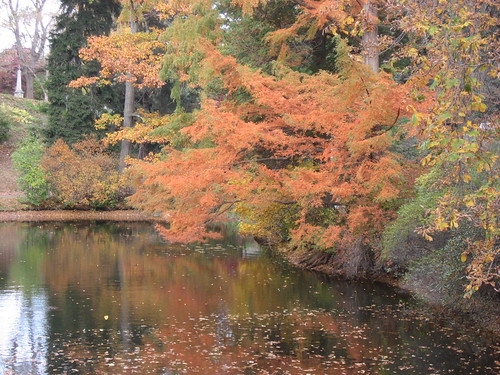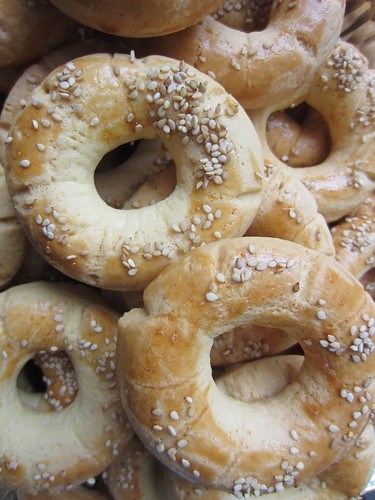I read a cool piece in the New York Times this morning, "Innovation Isn't Easy."
http://bits.blogs.nytimes.com/2012/04/15/disruptions-innovation-isnt-easy-especially-midstream/
The article addressed the problems of changing direction midstream, especially for industry giants. The kicker was, "why couldn't Kodak (or Nikon or Canon for that matter) develop Instagram?"
The bottom line is that enterprises that are profitable find it difficult or impossible to develop new products outside of their profit (read, "comfort") zone. It's an old story. Old technologies replaced by new, old enterprises put out of business as newer ones emerge.
It got me to thinking about why we need breaks. Real breaks, for recalibrating our brains. In my case, why I need a sabbatical. I don't know about other academics, (actually I do) but I rake in an enormous profit for my "non-profit" university. With about 100 students in my required class, no teaching assistants, graders, or lab assistants, I pull in a very modest salary while hosting a very large group of students whose parents are paying retail in a program that provides few, and small, scholarships.
I'm not complaining. It's all good, I took the job voluntarily 18 years ago and overall I like it. But a few years ago when I was denied sabbatical at the rather destructive whim of my dean, some of the shine went off the apple. Teaching non-major undergraduates in a required science course for almost two decades, teaching innovations and all, does get tired.
It's never too late to change. But even a professor's job, physically undemanding, requires engagement with each new group of students. You can't go through the motions. At least I haven't. At the same time, thinking and acting creatively on one's own behalf seems to get harder to do, especially where there's little room for advancement once you've achieved tenure.
So, happily, I'm embarking on a year-long sabbatical in a few weeks. A release less for me than for my brain. A chance to experiment, play, and grow outside of the normal bounds of work. Ever since I got the letter approving this sabbatical, now three years overdue, I've started the mental unwinding process toward a year off, applying to residencies and fellowships (and getting some!), spending more time writing and doing art, and letting myself consider new directions.
How would I like to manage a change, even ever so slight, in my career direction?
It seems like break is a great time to consider this, and it points to a convincing argument of why we need sabbaticals.


















































